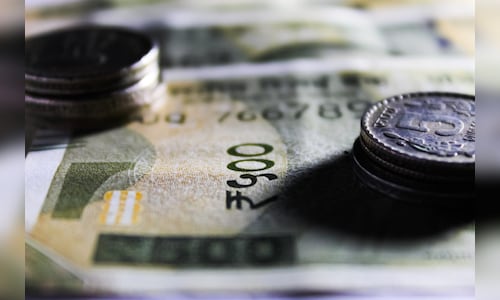[ad_1]
It opened at 85.93 before strengthening.
On Friday (March 21), it had gained 38 paise to close at 85.98.
Foreign inflows drive gains
Foreign institutional investors (FIIs) played a crucial role in the rupee’s appreciation. They purchased equities worth ₹7,470.36 crore on a net basis on Friday (March 21).
The inflows were largely driven by the FTSE March review and strong fundraising activity.
“State-run enterprises raised ₹14,000 crore, while Indian states mobilised ₹40,100 crore through debt sales. Additionally, Non-Banking Financial Companies (NBFCs) issued ₹16,400 crore in bonds, enhancing liquidity and reinforcing investor confidence—offering a cushion for the rupee,” said Amit Pabari, MD of CR Forex Advisors.
Challenges remain
Despite the recent rally, analysts caution that external risks could pressure the rupee.
“Despite its recent gains, the rupee remains vulnerable to external shocks, particularly crude oil price fluctuations. Brent crude surged towards $72 per barrel as geopolitical tensions escalated in the Middle East,” Pabari added.
Meanwhile, the US dollar index, which tracks the greenback against a basket of six major currencies, rose 0.06% to 104.15.
Forex reserves and market sentiment
India’s foreign exchange reserves increased by $305 million to $654.27 billion during the week ending March 14, according to RBI data. In the previous week, reserves had surged by $15.27 billion, marking the sharpest weekly rise in two years.
The jump was partly due to the central bank’s $10 billion forex swap.
The rupee’s future movement will depend on crude oil prices, continued foreign inflows, and RBI’s stance on liquidity.
–With inputs from PTI and Reuters
[ad_2]
Source link










